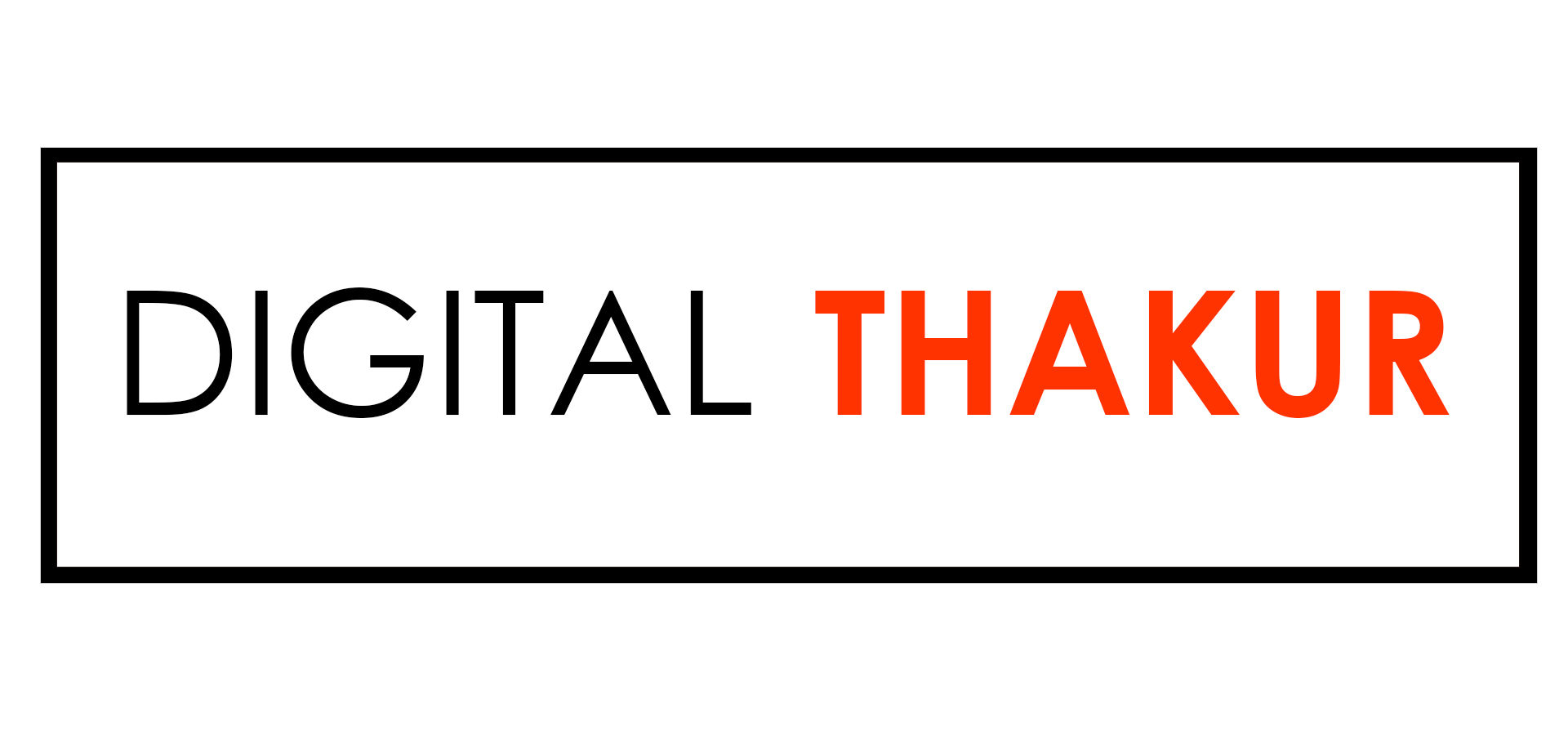
Marketing Research
Do you wish to learn market research’s causes, methods, and applications? Do you want to find out why people aren’t buying your products? Are you preparing to launch a new service, product, or marketing campaign but unsure what your target audience wants?
The answers to the queries above will require the assistance of your consumers. But how are you going to compile that data? Market research is the most excellent method for gathering all the information you want in this situation and many others in your company.
This comprehensive guide on market research provides a definition, advantages, types, and some examples to help you comprehend this kind of research.
What is market research?
Market research, occasionally referred to as “marketing research,” is the procedure used to determine whether a new service or product is feasible via direct customer study. Through market research, a company may pinpoint its target market and learn more about the interests of its clients in various products and services.
This kind of research can be carried out internally, by the business itself, or by a reputable market research organisation. Focus groups, surveys, and product testing can all be utilised to achieve this. Usually, test participants receive free product samples or a little payment in exchange for their time. Creating a new product or service must include market research as a crucial step.
What is the importance of market research?
One of the best ways to improve customer satisfaction, lower client churn, and advance your organisation is to do research. The following are rare justifications for why market research is crucial for all businesses:
1. Important information
It aids organisations in their planning and strategy by providing information and opportunities on the value of current and upcoming commodities.
2. Customer-centric
It helps to ascertain the consumers’ wants and needs. Companies may build products or services that best match their needs by getting to know their customers and what they desire. Remember that monitoring your customers’ journeys is a great way to determine their feelings about your brand.
3. Forecasts
By understanding the needs of their customers, businesses can plan for production and sales. The optimum inventory stock may also be selected through market research.
4. A competitive advantage
Market research is vital for comparative studies to stay ahead of the competition. Businesses may create business plans to stay one step ahead of the competition.
Why do market research?
The most successful companies rely on data to inform and gauge their strategy and decision-making, from marketing segmentation to product characteristics.
Brands have more control over the research and data used, thanks to the development of tools and partners. This quickens their operation tempo, allowing businesses to adjust quickly to market conditions and adopt an agile strategy. Partners are essential in this process because they provide access to additional expertise, help you recruit respondents, carry out surveys, and report results.
Without research, business decisions are based, at best, on past customer behaviour and, at worst, on gut instinct. Market research tries to remove subjective evaluations from corporate decisions. You may remember saying, “I like it, or I don’t like it,” while deciding whether to adopt a fresh marketing concept or feature. You are not a consumer, though. As a brand, you are there to benefit the consumer. If you can maintain that distinction, you will be much more successful, and market research will help you achieve so by ensuring that your decisions are informed by insight.
Take product development into consideration. Just because a feature was well-liked in a prior product doesn’t guarantee it will be in a subsequent one. And if you don’t consult the product users, how are you supposed to advance it? Lack of context and data may create an echo chamber where errors and missed opportunities happen.
How to do market research?
Preliminary and secondary information are the categories into which market research data is divided.
Primary data are facts that have been obtained directly from the sources. You can do the research yourself or hire someone to do it. To sum up, the process is entirely under your control from beginning to end.
Other secondary data and information sources have been amassed and made available to the public, whether online or off. This might include information found online as well as articles, reports, and journals that have been published. The drawback is that anybody may access this data, and you have no control over how it was obtained.
Quantitative or qualitative data may be acquired from both primary and secondary sources.
You may better understand people’s attitudes on various topics using qualitative data. You might enquire about their beliefs and the factors influencing or motivating their decisions. The best techniques for collecting qualitative data include in-depth interviews, focus groups, and direct observations.
Statistical data that is better organised is known as quantitative data. Query resolved Surveys and questionnaires are two examples of this type of information.
What are the sources of market research?
Primary research is typically more time- and money-intensive. However, it is the best method for obtaining your business’s data. The critical research resources that are most frequently used are as follows:
1. Customer surveys
Surveys conducted by phone, in person, on paper, or online using platforms like SurveyMonkey are pretty illuminating. We’ve created a set of questions to provide the most accurate image of how a client feels about your development or service, your brand, and the experience you deliver. You may make it as broad or as specific as you desire.
2. Long-term interviews
Whether performed over the phone or in person, in-depth interviews let you pose more incisive queries. You might also follow up with an interviewee to acquire the correct answers.
3. Group conversations
A focus group is a formal gathering of 6–8 people with particular characteristics. These factors include age, location, past purchases, and so on. They’ll participate in a monitored discussion on a preset subject. It is costly but adequate to get opinions on more significant changes, improvements, or new products.
4. Observation
It involves seeing or recording how users interact with a product or service in a natural setting. This process brings a lot of time, but it has the benefit of providing an objective examination. Customers are not under any pressure. Thus they will behave impulsively, which is why.
Final words
Businesses may use market research to determine the demand for, viability, and potential performance of their product in the real world. Market research is conducted utilising primary or secondary data, offering unique insights into a firm’s offerings. A firm’s research and development (R&D) phase and its success and growth depend heavily on market research.



